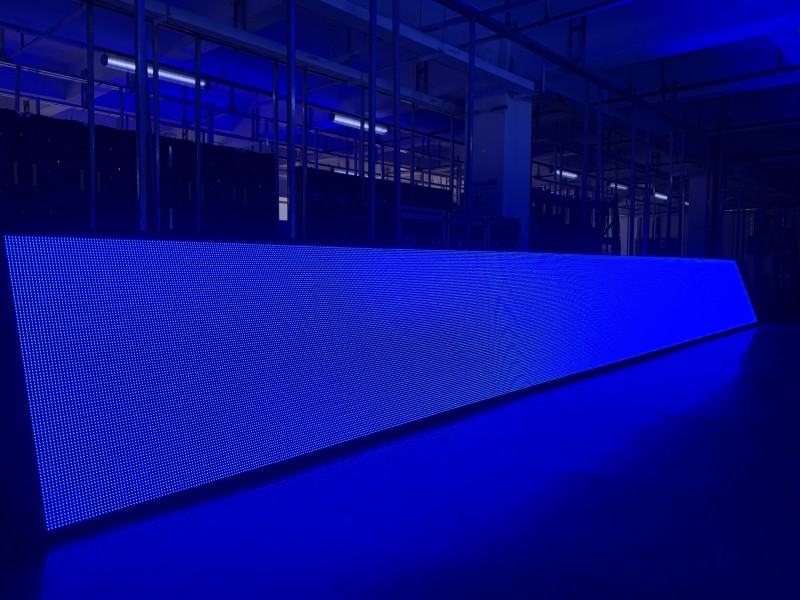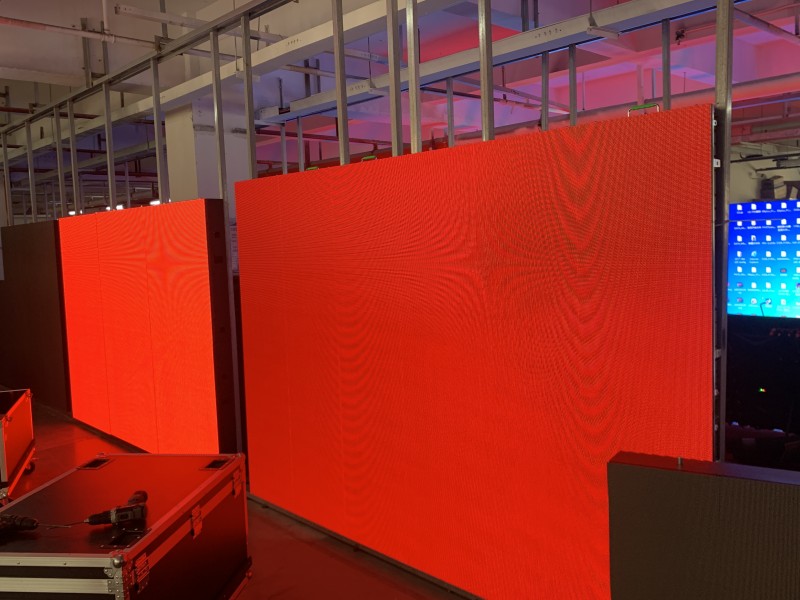Aging is an essential process in the production and quality control of HDCOLOR LED display screens. Let‘s break down the advantages of aging and the specific aspects involved:

1. Advantages of Display Aging:
Reliability Enhancement: Aging tests help identify potential defects or weak points in the LED display screens before they are deployed in real-world scenarios. By subjecting the displays to prolonged stress, manufacturers can ensure that they meet reliability standards and have a longer lifespan.
Consistency Assurance: Aging tests can help normalize variations in brightness, color accuracy, and other performance parameters across different units. This ensures that all displays within a system exhibit uniform performance, crucial for applications requiring seamless integration.
Performance Stability: Through aging, LEDs undergo stabilization, ensuring consistent performance over time. This stability is particularly important for maintaining image quality and color accuracy throughout the lifespan of the display screens.

2. White Aging:
White aging involves subjecting the entire display to a continuous white signal for an extended period. This test helps evaluate the overall performance and uniformity of the display, including brightness levels and color consistency across the entire screen.
3. Red, Green, and Blue Aging:
Red, green, and blue aging involves testing each individual color component separately. By subjecting the LEDs to specific color signals, manufacturers can assess the performance and stability of each color channel, ensuring accurate color reproduction and consistency.
4. Scan Line Aging:
Scan line aging focuses on testing the performance of the display‘s scanning system, including the refresh rate and scanning pattern. This test helps identify any issues related to image distortion, flickering, or artifacts caused by the scanning process.
5. Signal Connection:
Aging tests also evaluate the reliability of signal connections within the display system. This includes testing the integrity of cables, connectors, and signal transmission components to ensure robust and stable connections, which are crucial for uninterrupted operation.

Overall, aging tests play a vital role in ensuring the quality, reliability, and performance consistency of HDCOLOR LED display screens. By systematically subjecting the displays to various stress tests and evaluating their performance across different parameters, manufacturers can deliver products that meet the highest standards of quality and reliability.








